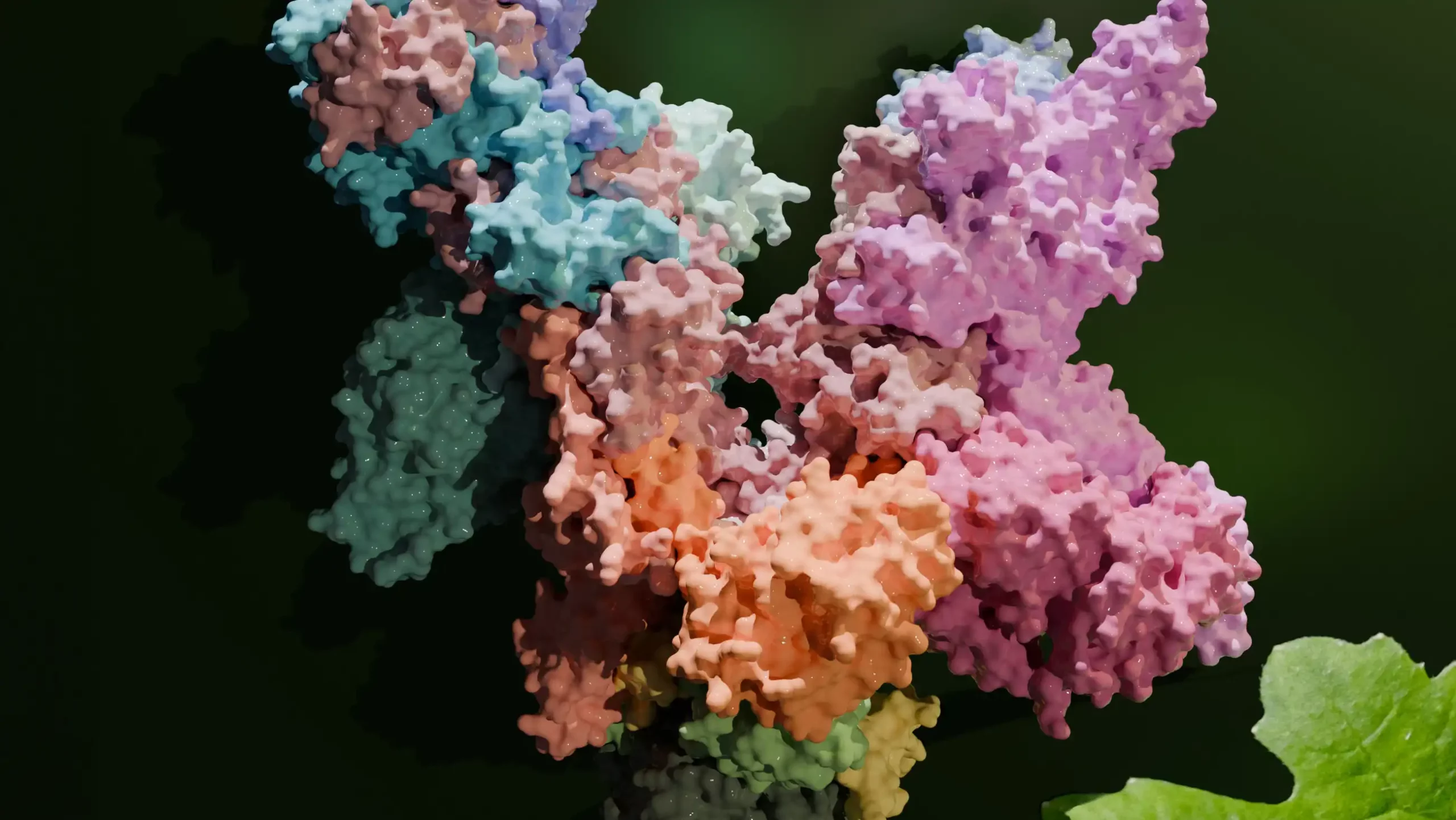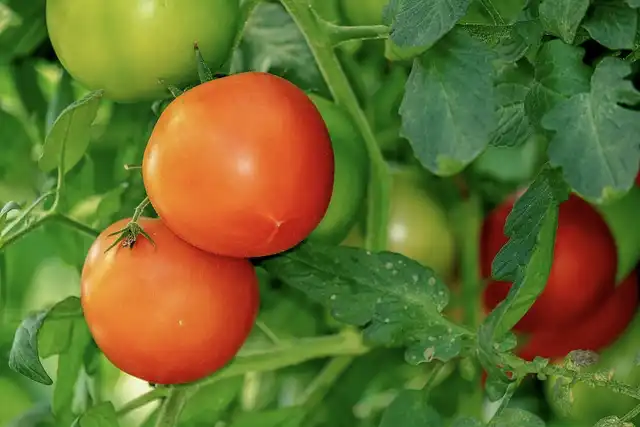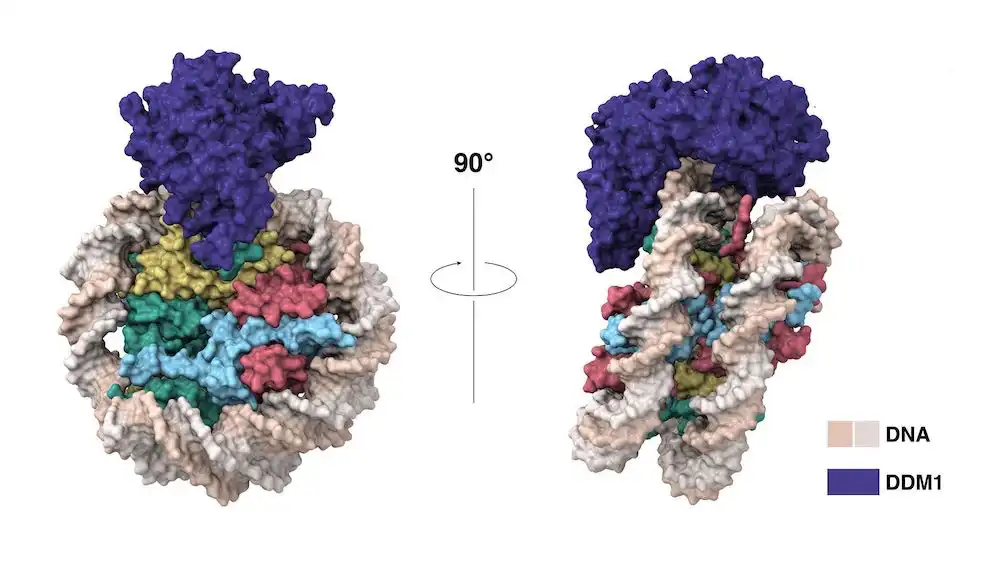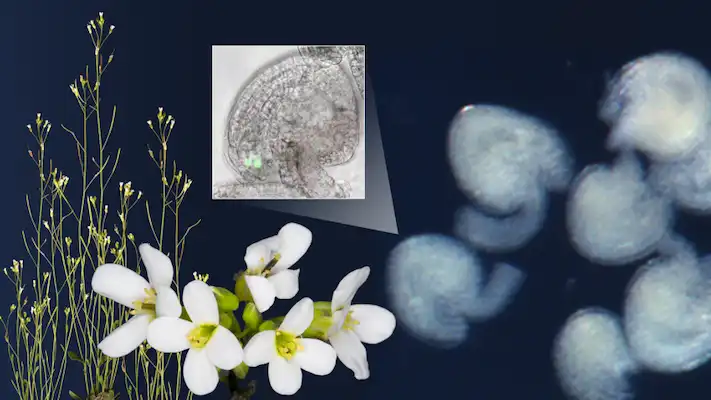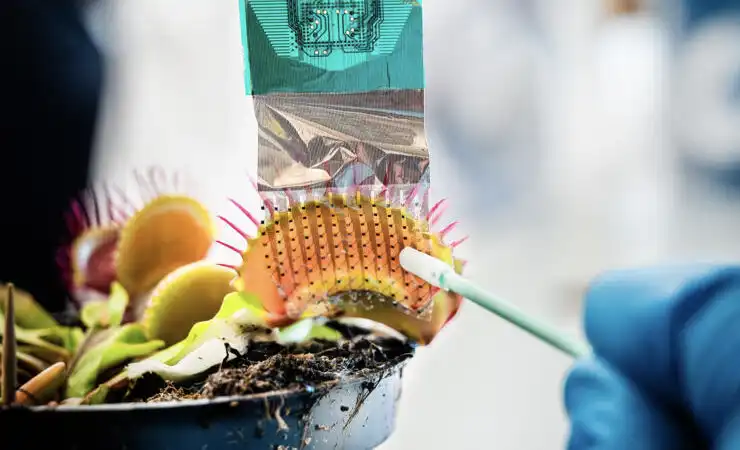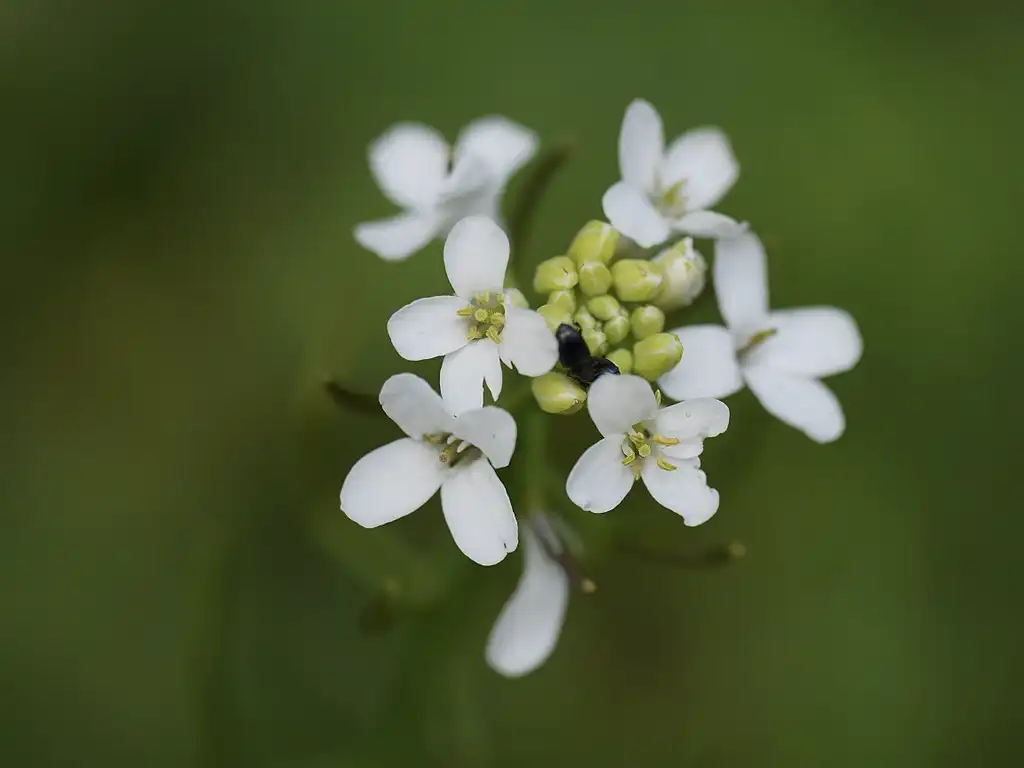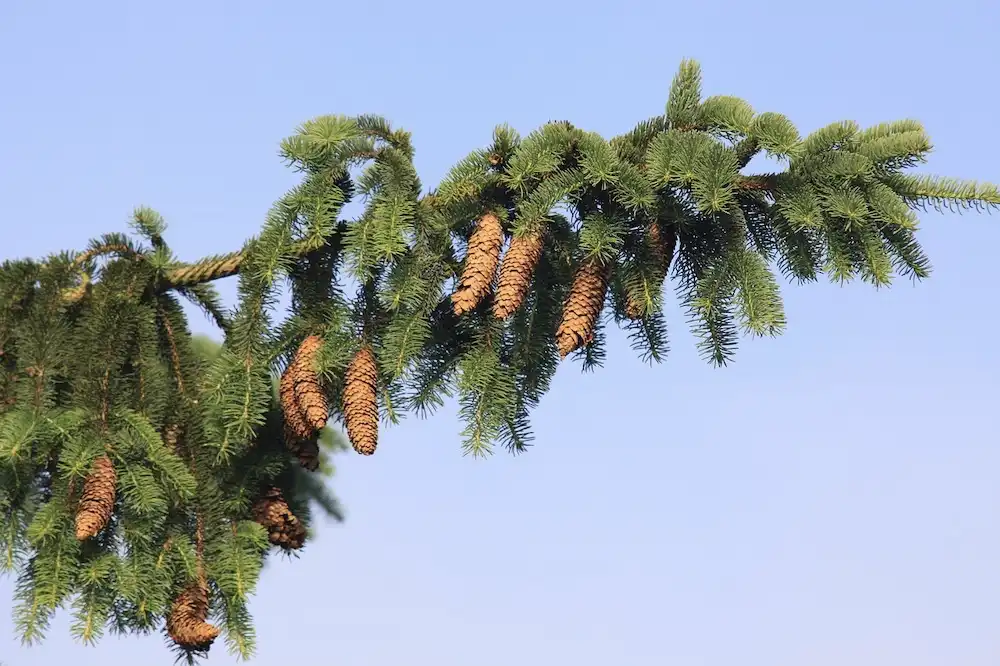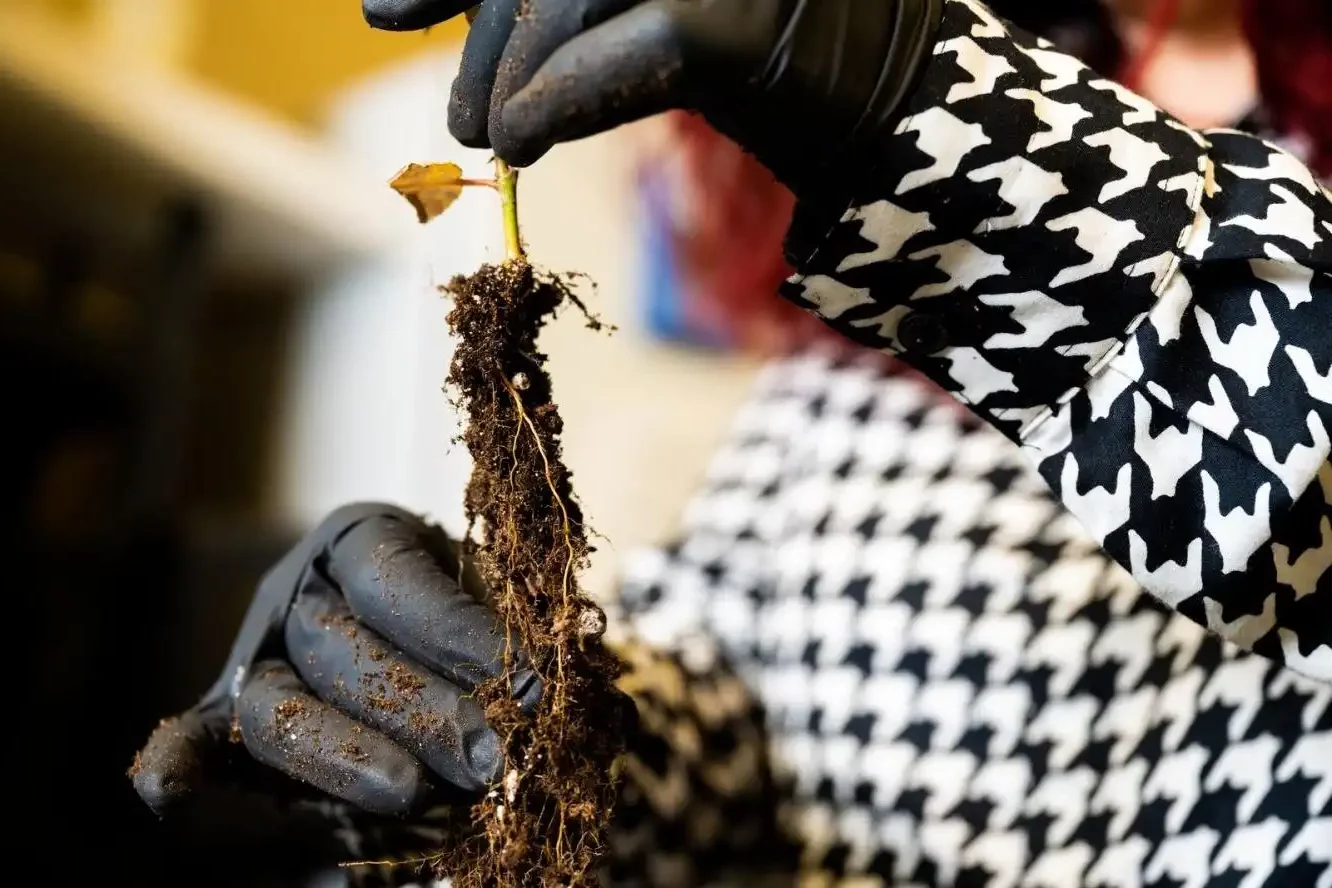
Fine roots from four tree species in a 26-year common garden study showed distinct microbiome and metabolome differences. Sequencing revealed that bacteria and fungi on root surfaces and surrounding soil differ significantly between absorptive and transportive fine roots. This emphasizes…
Read More


